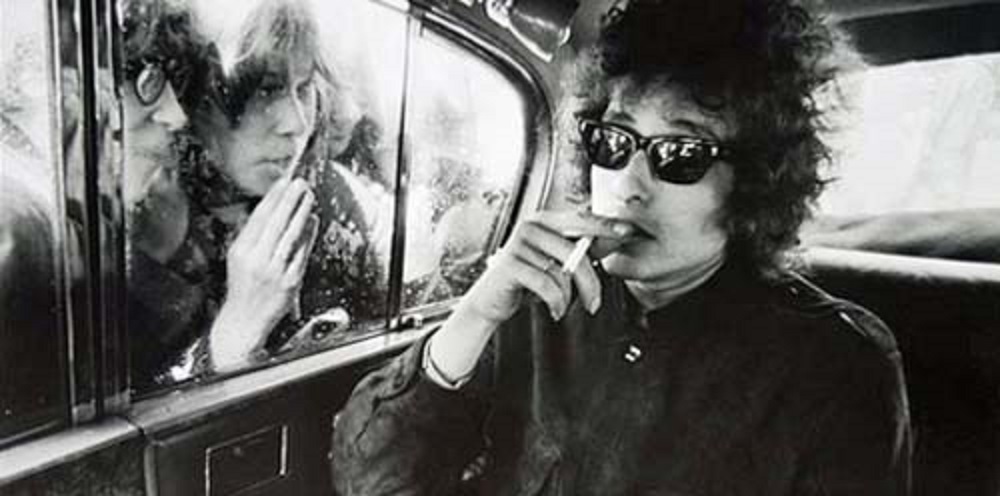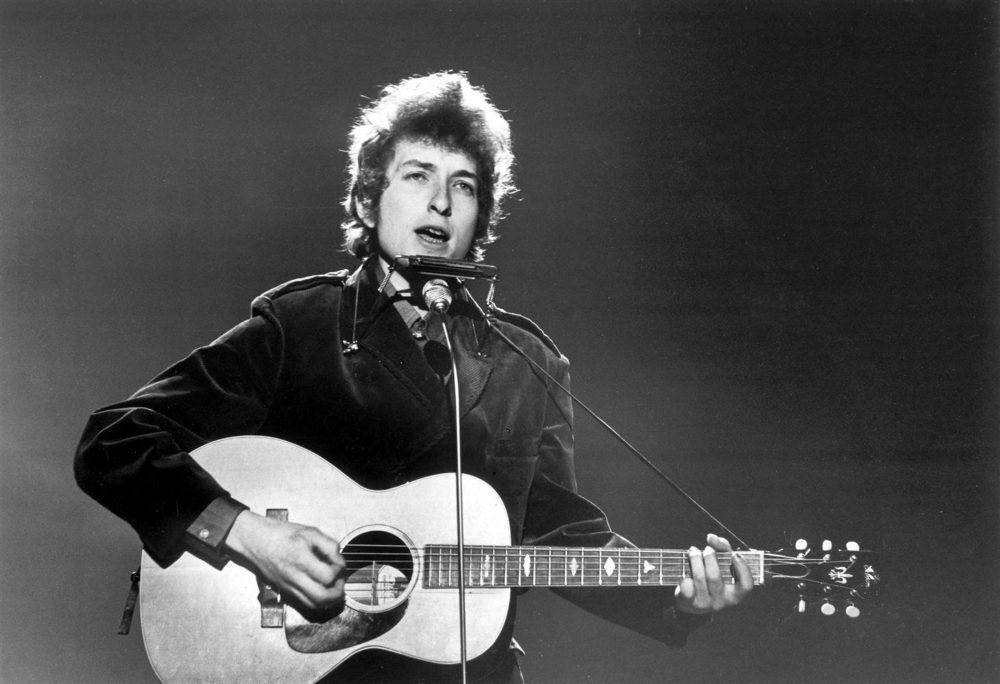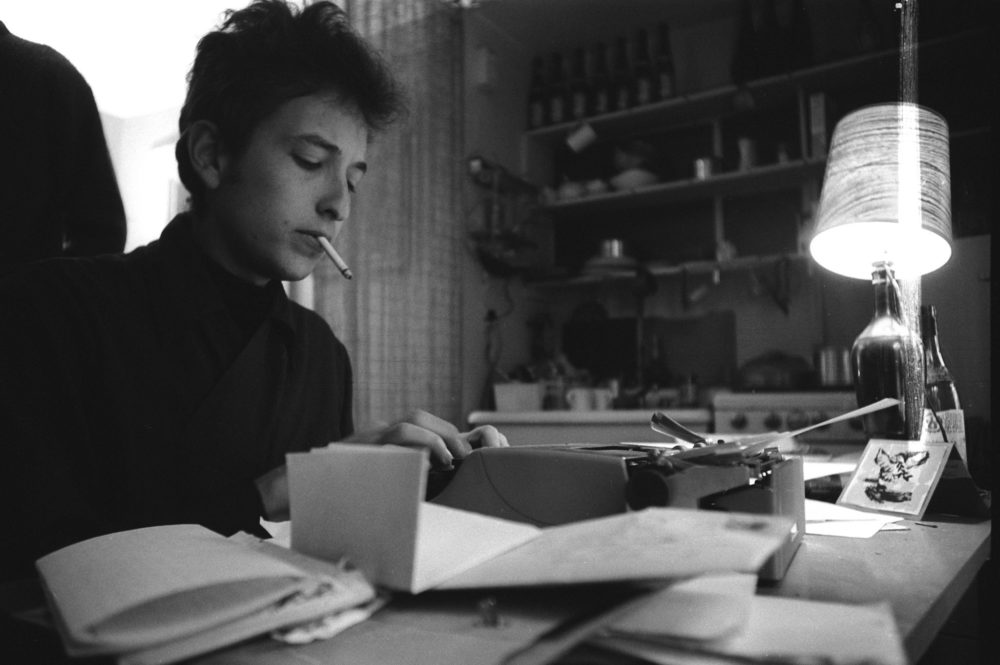Summer of 1965, a time of great social and political upheaval, pop music was about to awaken from its great slumber. Bob Dylan was about to test the boundaries of pop when he released the single ‘Like a Rolling Stone.’ Not only was it 6 minutes long, more than twice as the average song, it also had a lyrical sophistication not yet seen. So, how could Dylan possible follow-up? The answer would come on May 19, 1966 in the form of rock’s first double album Blonde on Blonde. As it nears its 50th anniversary of release, neither time nor critical reconsideration has diminished the power of this album. It is music as an art form.
Clocking in at over 70 minutes in length, Dylan eagerly guides you through a manic, hyper surreal reality that would make Alice in Wonderland seem rather run-of-the-mill and the Mad Hatter a rather ordinary chap. However, unlike Alice, Dylan doesn’t have to fall down a rabbit hole for the oddities to come out of the woodwork. He just has to walk out his front door or even visit his girlfriend.
Critical acclaim was fast for the album. For the songbook, according to Wikipedia, critic Paul Nelson would note, “The very title suggests the singularity and the duality we expect from Dylan. For Dylan’s music of illusion and delusion—with the tramp as explorer and the clown as happy victim, where the greatest crimes are lifelessness and the inability to see oneself as a circus performer in the show of life—has always carried within it its own inherent tensions…Dylan in the end truly UNDERSTANDS situations, and once one truly understands anything, there can no longer be anger, no longer be moralizing, but only humor and compassion, only pity.”
However, contrary to the perception of many, Blonde on Blonde was not be an F-you to the Folkies like Pete Seeger and Joan Baez. The fact of the matter is that “folk” was a popular label of the time and a performer was more likely to gain notice in the late 50s and 60s if he were to attach himself to this field. Dylan’s make up would never be congruent with that of a folkie. His lineage, to you were to trace the foundations with which his songs were built on, lay more in the blues than anywhere else. As Bob Dylan’s songwriting capabilities matured, this became more and more evident. Woody Guthrie was sent to the sidelines and the simple, yet hypnotic rhythms of men like Jimmy Reed and Slim Harpo.
Dylan, himself, was well aware of the significance of the album, reminiscing later, “The closest I ever got to the sound I hear in my mind was on individual bands in the Blonde on Blonde album. It’s that thin, that wild mercury sound. It’s metallic and bright gold, with whatever that conjures up.”
There are very few artists that can produce such master works and yet rebound come back and do it again like Dylan has. In a one year period, from March 22, 1965 to May 19, 1966, Dylan would release what Rolling Stone would rate the 31st (Bringing It All Back Home), 4th (Highway 61 Revisited) and 9th (Blonde on Blonde) greatest albums of all time. Blonde on Blonde would be the culmination of a wild and frantic time for Dylan, where he would take popular music and turn it on its head. The innovators were shown they had a lot to learn and Bob Dylan was just the man to teach them.




![Led Zeppelin: Photo by: By Heinrich Klaffs [CC BY-SA 2.0 (http://creativecommons.org/licenses/by-sa/2.0)], via Wikimedia Commons](https://popcornsushi.com/wp-content/uploads/2016/04/00D0D_l68yXdPKIum_600x450-5-e1461257468828.jpg)
